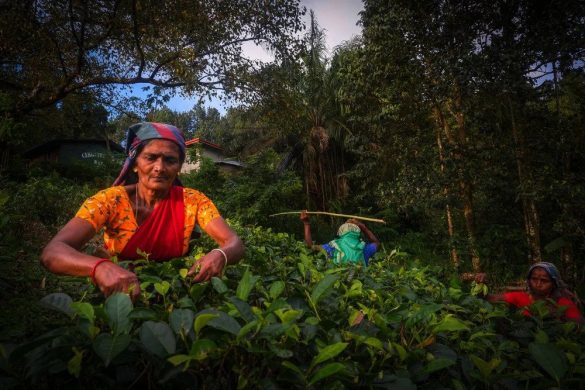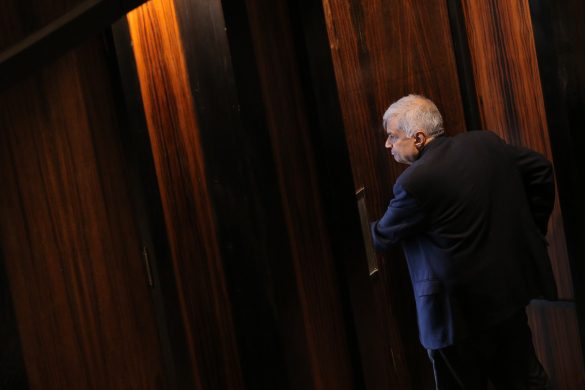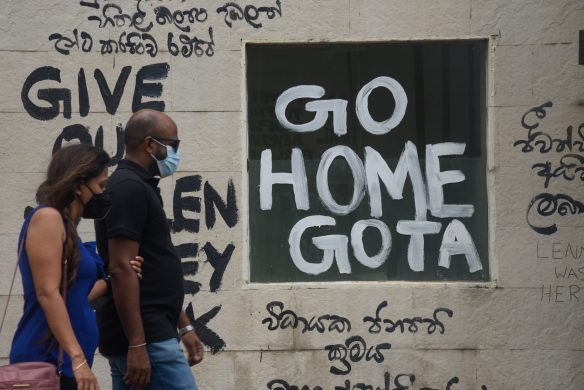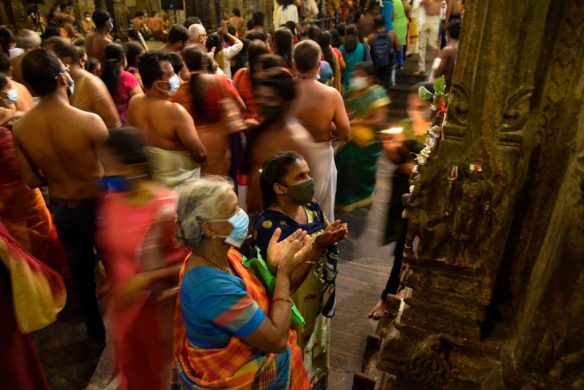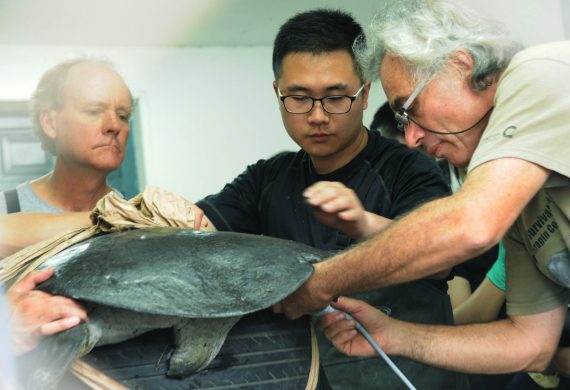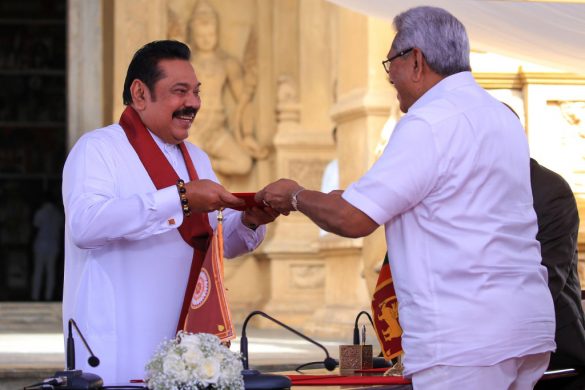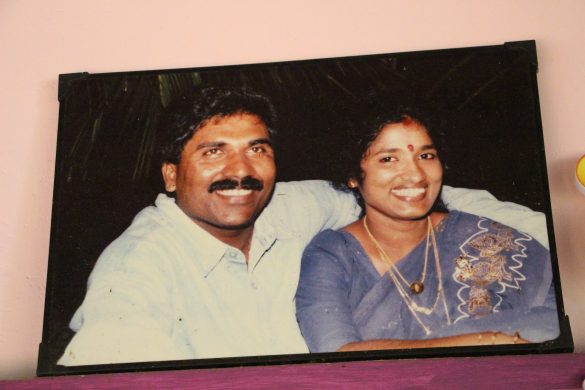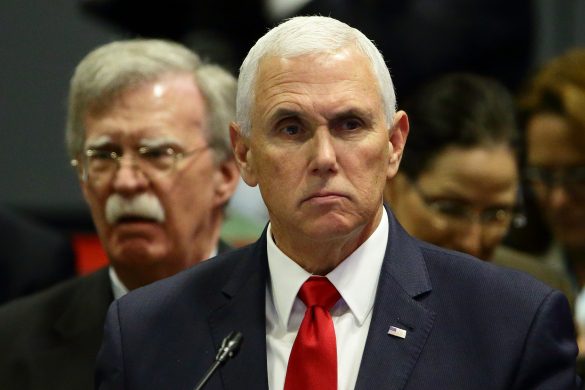GENEVA, 17 September 2015 (OHCHR): The Sri Lankan Government and Liberation Tigers of Tamil Elam (LTTE) forces were engaged in a civil war for around 26 years. Tens of thousands were killed and hundreds of thousands displaced by the fighting.
Now, a UN report that investigated allegations of serious human rights abuses in Sri Lanka during a nine-year period, has found horrific levels of violations by both sides, said UN High Commissioner for Human Rights Zeid Ra’ad Al Hussein.
“Our investigation has laid bare the horrific level of violations and abuses that occurred in Sri Lanka, including indiscriminate shelling, extrajudicial killings, enforced disappearances, harrowing accounts of torture and sexual violence, recruitment of children and other grave crimes,” he said during a press conference launching the report.
“Importantly, the report reveals violations that are among the most serious crimes of concern to the international community as a whole.”
Fik ikke lov at komme ind i landet
The OHCHR investigation team was not granted access to Sri Lanka and faced other constraints, including the previous Government’s use of threats, intimidation and surveillance to prevent people, particularly in the north of the country, from cooperating with the investigation.
En national domstol er ikke nok
Zeid has called for the formation of a hybrid special court.
(Andre eksempler på denne type domstole er Røde Khmer-tribunalet i Cambodja og tribunalet for Sierra Leone, red.)
“The levels of mistrust in State authorities and institutions by broad segments of Sri Lankan society should not be underestimated,” the High Commissioner said.
“It is for this reason that the establishment of a hybrid special court, integrating international judges, prosecutors, lawyers and investigators, is so essential. A purely domestic court procedure will have no chance of overcoming widespread and justifiable suspicions fuelled by decades of violations, malpractice and broken promises.”
“After so many years of unbridled human rights violations and institutionalized impunity, the wounds of victims on both sides have festered and deepened,” he continued.
“Unless fundamentally addressed, their continued suffering will further polarize and become an obstacle to reconciliation, and – worse – may sow the seeds for further conflict.”
Har undersøgt perioden 2002-2011
The Human Rights Council directed the UN Human Rights Office last year to conduct a comprehensive investigation into alleged serious violations and abuses of human rights by both sides in Sri Lanka during the period of 2002-2011.
The 280-page, two-part report listed a host of violations carried out by both sides. They include, unlawful killing, systematic sexual and gender based violence, and the recruitment of children and abduction of adults for use in fighting.
The investigation report is based on eye-witness testimony, interviews with victims and witnesses, video and photographic material including satellite imagery (much of which is not in the public domain) that was analyzed by forensic and military experts, and an extensive review of documentation, including about 3,000 written statements and submissions, as well as previously unpublished reports.
Mangelfulde efterforskninger
The report documents years of denials and cover-ups, failure to carry out prompt investigations, stalled investigations and reprisals against the family members of victims and others who have pushed for justice.
Zeid welcomed the positive steps taken by the new Government of President Mathiripala Sirisena since January this year, but said that “Sri Lanka must now move forward to dismantle the repressive structures and institutional cultures that remain deeply entrenched after decades of erosion of human rights.”
“This will not happen overnight, and no one should underestimate the enormity of the task,” he said.
“We have seen many moments in Sri Lanka’s history when governments pledged to turn the page and end practices like enforced disappearances, but the failure to address impunity and root out the systemic problems that allowed such abuses to occur meant that the ‘white vans’ could be, and were, reactivated when needed. It is imperative that the Government seizes the unique opportunity it has to break the mold of impunity once and for all. This means there must be a root-and-branch transformation of the ways in which institutions and officials operate.”
About the “white vans”
Many Tamil nationalists claim there was a resurgence of abductions in 2005 after the failure of Norwegian mediated peace process. The victims of the abductions were predominantly Sri Lankan Tamils living in Jaffna and the capital Colombo. A notable feature in the abductions is the use of white vans without number plates. White van abductions are a part of life in Jaffna and the abductions are carried with impunity even during curfew hours.
Source: Wikipedia
Læs – og læs mere om – rapporten



